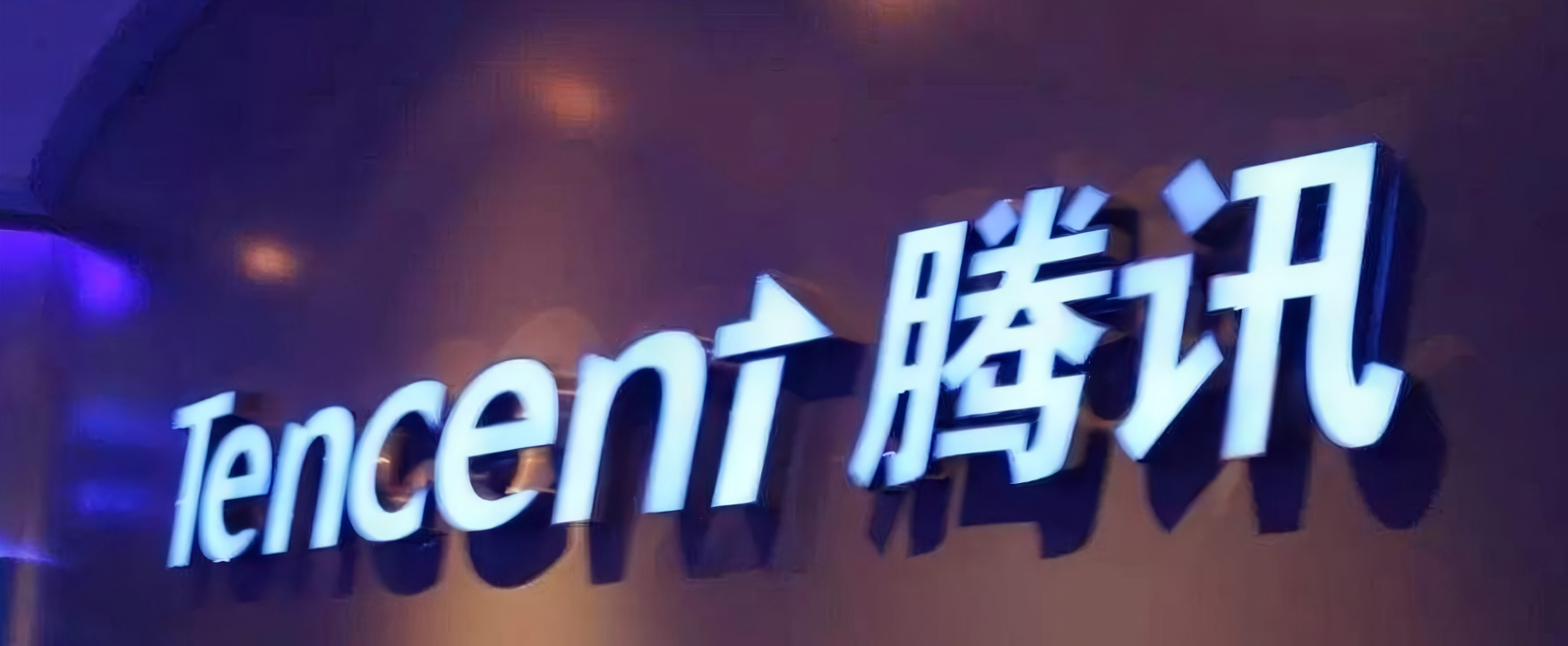Tencent has unveiled ArtifactsBench, an innovative benchmark designed to address fundamental shortcomings in how creative AI models are currently evaluated.
Have you ever requested an AI system to generate something like a basic webpage or data visualization, only to receive output that functions correctly but delivers a subpar user experience? Perhaps the interface elements are poorly positioned, the color scheme is jarring, or the interactive elements feel awkward and unresponsive. This widespread issue underscores a critical challenge in AI development: how do you instill aesthetic sensibility and design intuition in artificial intelligence?
Historically, AI model evaluation has focused primarily on functional code correctness. While these assessments could verify that code would execute properly, they remained completely “blind to the visual fidelity and interactive integrity that define modern user experiences.”
ArtifactsBench has been specifically engineered to resolve this evaluation gap. Rather than functioning as a traditional test, it operates more like an automated design critic for AI-generated applications.
Tencent’s benchmark operates through a sophisticated multi-stage process. Initially, an AI model receives a creative challenge selected from a comprehensive catalog of over 1,800 diverse tasks, ranging from data visualization and web application development to interactive gaming experiences.
Once the AI produces its code solution, ArtifactsBench initiates its evaluation protocol. The system automatically constructs and executes the code within a secure, isolated environment.
To assess application behavior and performance, the benchmark captures sequential screenshots throughout the execution process. This methodology enables comprehensive analysis of dynamic elements including animations, state transitions triggered by user interactions, and various forms of responsive feedback.
Finally, all collected evidence—the original task specification, the AI’s generated code, and the captured screenshots—is submitted to a Multimodal Large Language Model (MLLM) serving as an impartial judge.
This MLLM evaluator doesn’t provide subjective assessments but instead employs detailed, task-specific evaluation criteria to score results across ten distinct performance metrics. The scoring framework encompasses functionality, user experience quality, and aesthetic appeal, ensuring evaluations remain objective, consistent, and comprehensive.
The crucial question remains: does this automated evaluation system possess genuine design discernment? Available evidence strongly suggests it does.
When ArtifactsBench rankings were compared against WebDev Arena—the gold-standard platform where human evaluators vote on superior AI creations—the correlation reached an impressive 94.4% consistency. This represents a substantial improvement over previous automated benchmarking systems, which achieved only approximately 69.4% consistency with human judgment.
Additionally, the framework’s assessments demonstrated over 90% agreement with professional software developers’ evaluations.
Tencent evaluates the creativity of top AI models with its new benchmark
When Tencent subjected more than 30 leading AI models to rigorous testing, the resulting leaderboard revealed intriguing insights. While premium commercial models from Google (Gemini-2.5-Pro) and Anthropic (Claude 4.0-Sonnet) secured top positions, the evaluation uncovered a surprising discovery.
One might reasonably assume that AI models specialized in code generation would excel at these creative tasks. However, the research revealed the opposite trend. The study found that “the holistic capabilities of generalist models often surpass those of specialized ones.”
Remarkably, a general-purpose model, Qwen-2.5-Instruct, outperformed its more specialized counterparts, including Qwen-2.5-coder (optimized for programming tasks) and Qwen2.5-VL (designed for visual processing).
The researchers attribute this phenomenon to the multifaceted nature of exceptional visual application development, which extends beyond isolated coding or visual comprehension skills.
“Robust reasoning, nuanced instruction following, and an implicit sense of design aesthetics,” the researchers emphasize as essential capabilities. These represent the well-rounded, almost human-like competencies that leading generalist models are beginning to demonstrate.
Tencent anticipates that ArtifactsBench will provide reliable assessment of these qualities, thereby enabling accurate measurement of future advancement in AI’s ability to create applications that are not merely functional, but genuinely appealing and usable for end users.
Author: AI
Published: 9 July 2025
